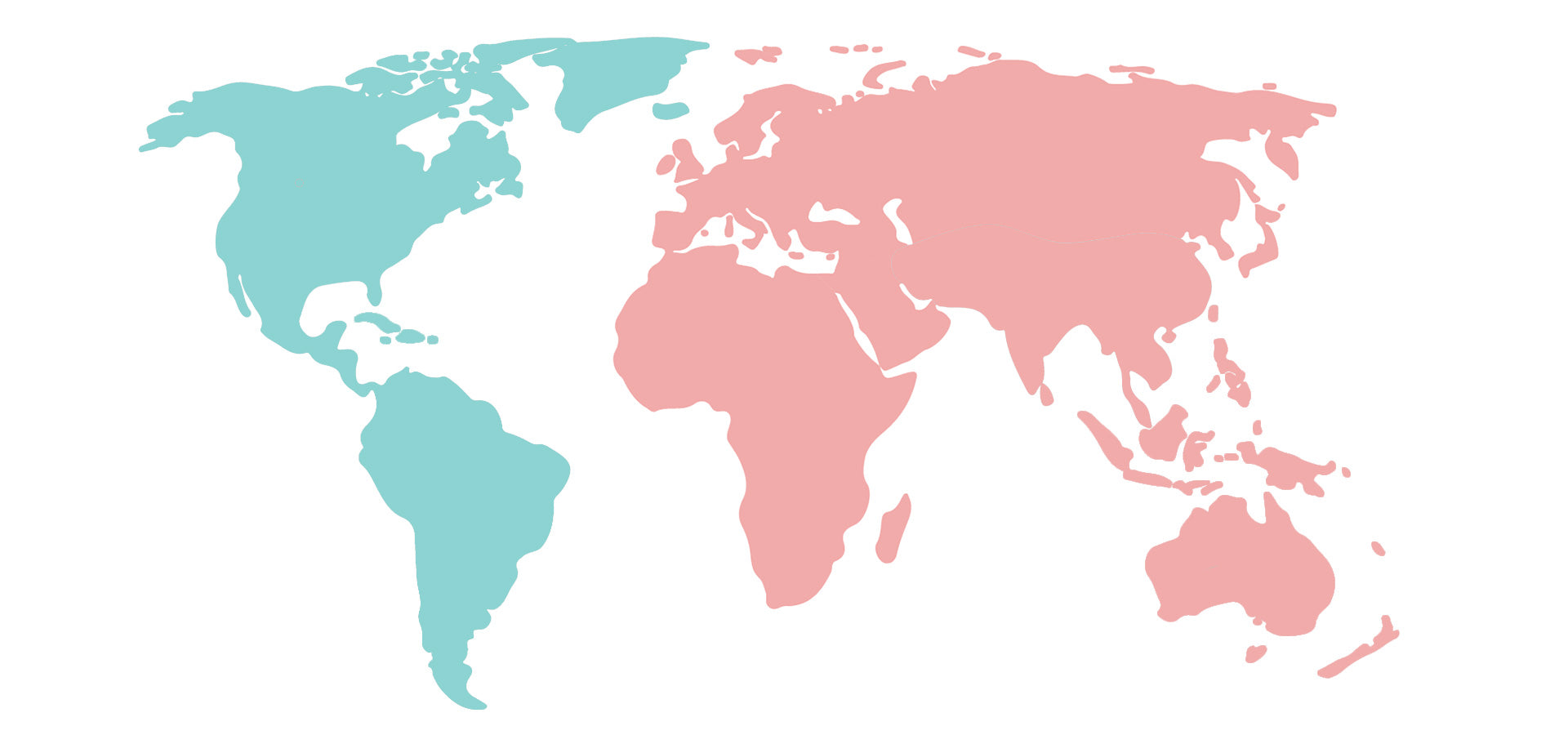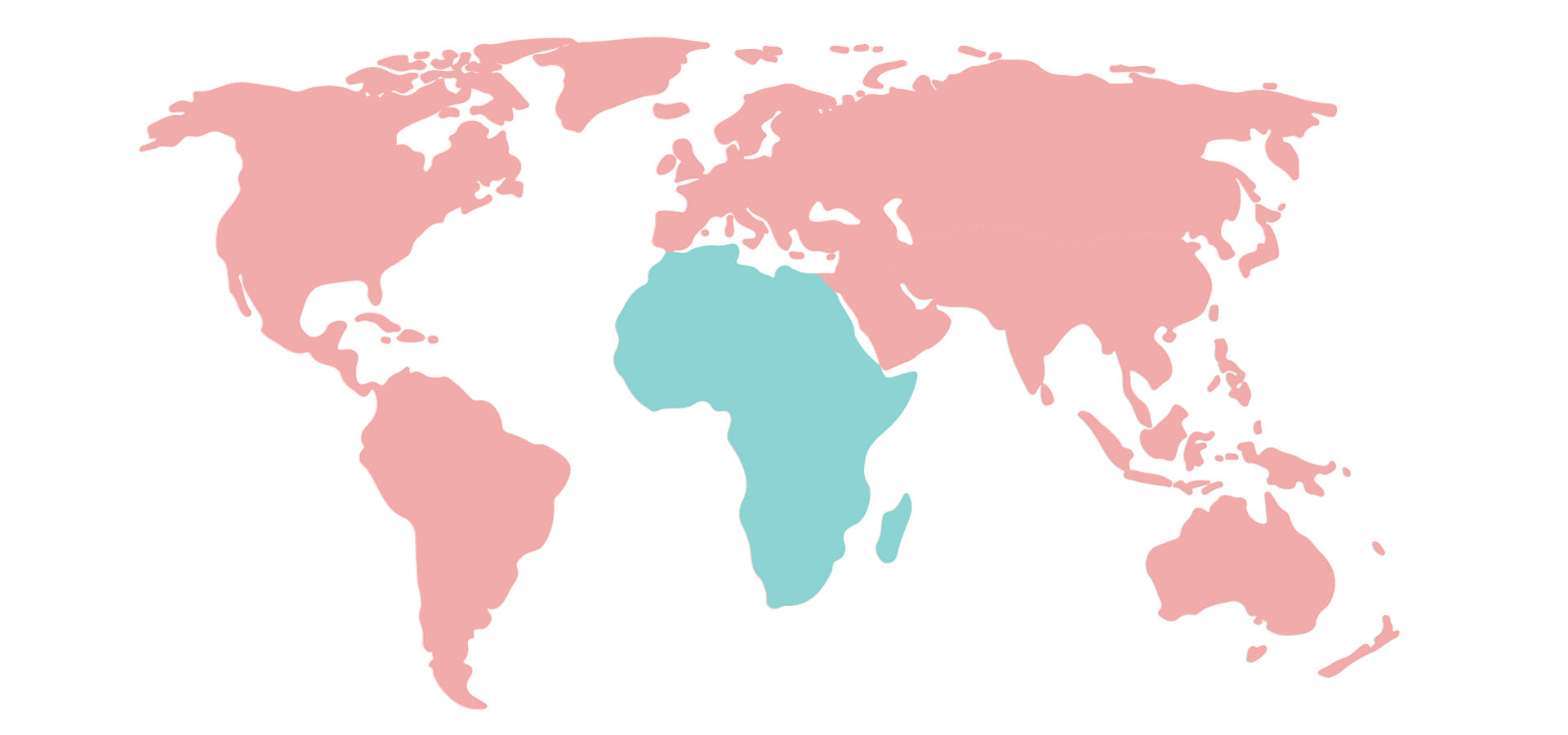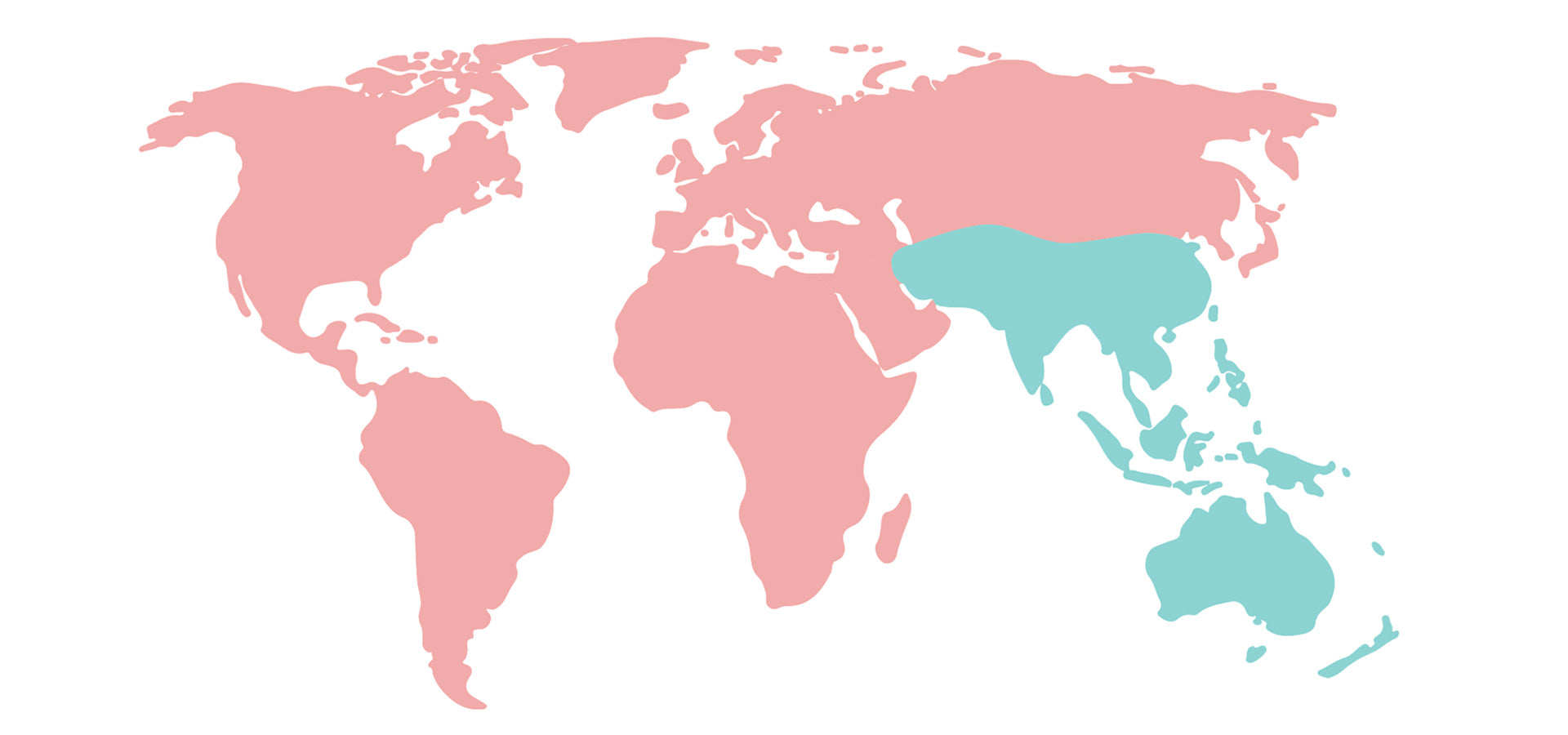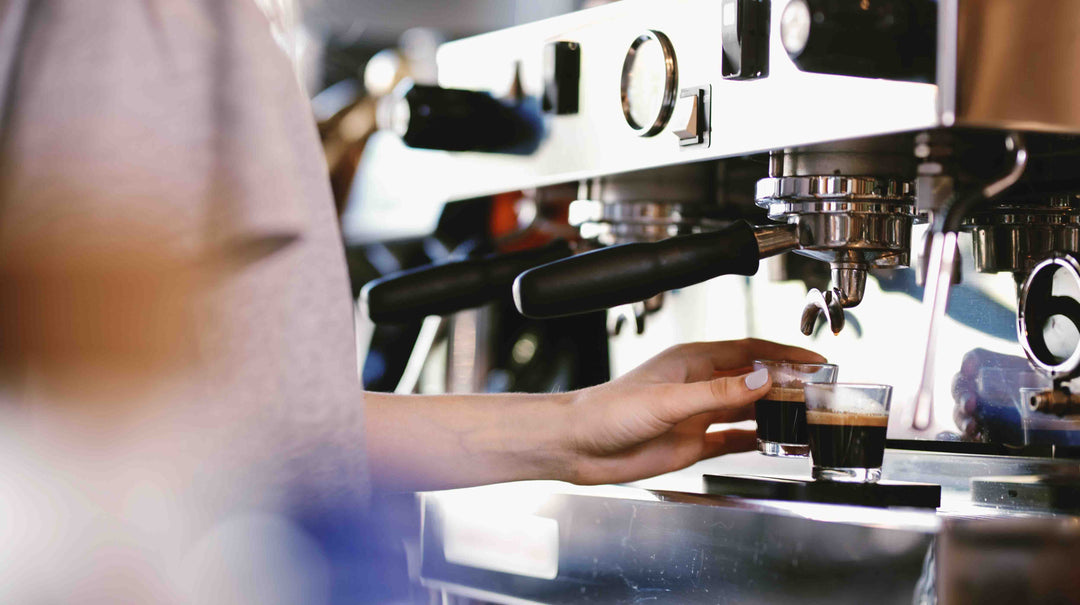Growing and Picking Jamaican Blue Mountain Coffee | Jamaican Coffee

It’s not until you see for yourself how Jamaican Blue Mountain Coffee is grown, picked and processed that you can fully appreciate the work that goes into its production. It’s natural to view the price of Jamaican Blue Mountain Coffee as a little on the heavy side – especially with so many cheaper alternatives available. Nevertheless, this extraordinary Jamaican coffee really is a 100% unique and highly-prized specialty coffee like no other.
In fact, it’s easy to forget that every coffee bean that makes it into your home has been through a pretty intensive and gruelling process along the way. The difference with Jamaican Blue Mountain Coffee being that unlike most mass-produced coffees, much of the cultivation process has remained unchanged since the first trees were planted back in 1834.
Careful Germination
The first step in the cultivation process is the careful cultivation of the plants themselves. On average, specialty coffee farms in the region may germinate in the region of 50,000 seedlings every year – the majority of which are planted by hand with enormous care and attention. Those who produce the seedlings retain as many as necessary for their own farms, selling the rest on to other farmers across the island. Of course, only those grown in very specific regions and conditions can be labelled and sold as Jamaican Blue Mountain Coffee.
Transplantation of Trees
It’s not until the trees reach 10 months of age that they are ready to be transplanted to the final positions across the island of Jamaica. After which, it will then take at least three years before they begin producing this amazing third wave coffee – five years until they reach maturity and optimum output.
Throughout this entire period, the Jamaican coffee plants demand meticulous care and attention at all times, in order to ensure they grow strong, healthy and disease-free. Even before the first cherry appears, farmers are required to invest many years of time and effort in ensuring the trees remain in immaculate condition.
A difficult job across the board, though even more challenging for those who cultivate Jamaican Blue Mountain Coffee. As this exquisite third wave coffee is produced in some of the most demanding and challenging environments imaginable, caring for the Jamaican coffee plants over the course of several years demands a serious investment of time and effort.
Picking and Processing
When sufficient time has passed, the coffee cherries can be picked. After which, it’s a case of meticulously verifying the quality of each and every been by hand, prior to putting only the very best coffee beans through an intensive drying process. Once again, what makes the difference with Jamaican Blue Mountain Coffee is the way in which the techniques used today are almost identical to those used more than a century ago.
What’s more, as the cherries ripen at different times on the same tree, the harvesting process is demanding and on-going. Farmers have to keep a close eye on each and every Jamaican coffee tree across their plantation at all times, in order to ensure that the cherries are harvested at precisely the right moment.
So next time you find yourself questioning the price of Jamaican Blue Mountain Coffee, widely considered some of the best coffee beans in the world, spare a thought for the time and effort that’s gone into its production!
To order Jamaican Blue Mountain coffee, fully certified by the Coffee Industry Board of Jamaica, click here to visit Hayman’s online store – we ship worldwide!










